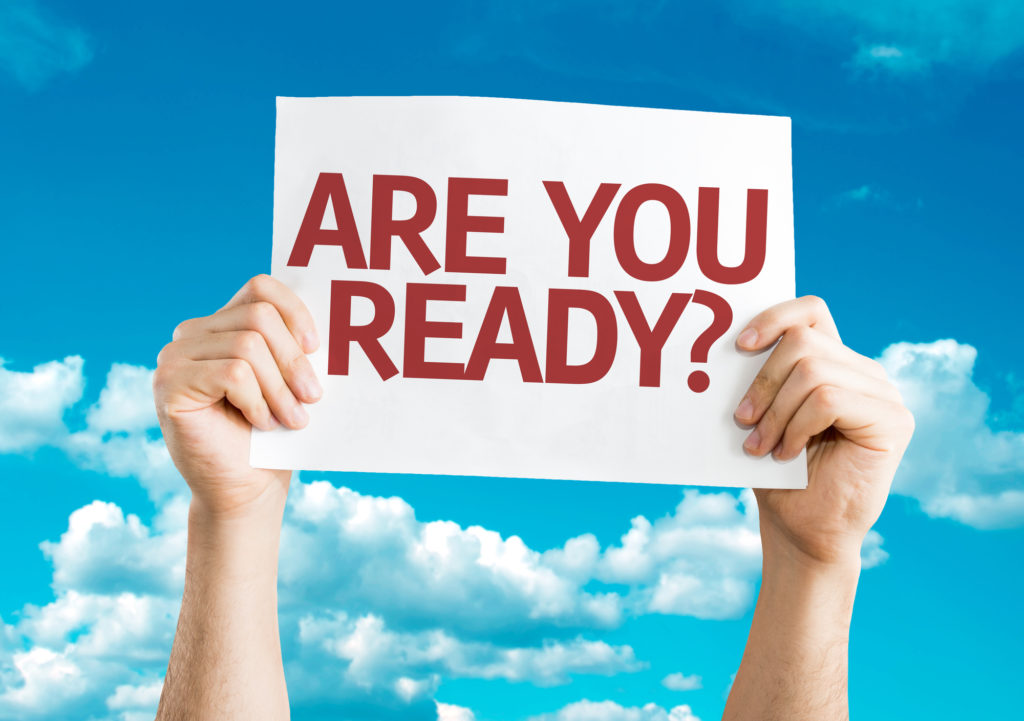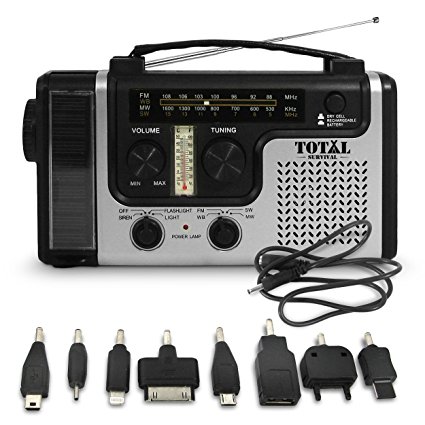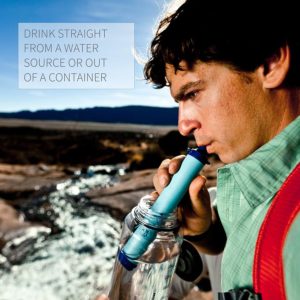Hurricane Harvey offered a grim reminder that there are still two months left in the official hurricane season. But when hurricane season ends, there could still be tornadoes, fires, blizzards and other extreme weather events. For the next few posts, I’m going to provide lists of and links to eco friendly emergency supplies that I hope will make it easier for you to deal with whatever disaster comes your way. They’re the same supplies I use in my own home, so I know they can come in handy if you lose power or water.
For today, here’s a general list of the supplies you need to get through the initial shock of a disaster, based on the recommendations of the U.S. Department of Homeland Security.
Build Your Kit of Eco Friendly Emergency Supplies
Make sure your emergency kit is stocked with the items on the checklist below. Most of the items are inexpensive and easy to find, and any one of them could save your life.
Also, consider what unique needs your family might have, such as supplies for pets, seniors, or people with disabilities.
After an emergency, you may need to survive on your own for several days. Being prepared means having your own food, water and other supplies to last for at least 72 hours. Use this list as a starting point to figure out what you and your family need to make it through the first few days after a disaster strikes.
Basic Disaster Supplies Kit
As you assemble your kit, store items in airtight plastic bags and put your entire disaster supplies kit in one or two easy-to-carry containers such as waterproof plastic bins or a waterproof backpack.
A basic emergency supply kit should include the following recommended items:
- Water – One gallon of water per person per day for at least three days, for drinking and sanitation
- Water filter (Here’s a link to the LifeStraw pictured below; more options coming soon)
- Food – at least a three-day supply of non-perishable food
Battery-powered or hand crank radio (pictured right) with smart phone charger and flashlight, plus a NOAA Weather Radio with tone alert
- Flashlight with solar rechargeable batteries or a crank recharger
- First aid kit
- Extra rechargeable batteries
- Whistle to signal for help
- Dust mask to help filter contaminated air
- Sleeping bags
- Tent or plastic sheeting and duct tape to shelter-in-place
- Moist towelettes, garbage bags and plastic ties for personal sanitation
- Wrench or pliers to turn off utilities
- Manual can opener for food
- Local printed maps; don’t rely on being able to use Google Maps or Waze, as telecommunications and electricity may be down
- Cell phone with chargers and a backup battery
- Waterproof poncho
Additional Emergency Supplies
Consider adding the following items to your emergency supply kit based on your individual needs:
Prescription medications
- Non-prescription medications such as pain relievers, anti-diarrhea medication, antacids or laxatives
- Glasses and contact lense solution
- Infant formula, bottles, diapers, wipes, diaper rash cream
- Pet food and extra water for your pet
- Cash or traveler’s checks
- Important family documents such as copies of insurance policies, identification and bank account records saved electronically or in a waterproof, portable container
- Complete change of clothing appropriate for your climate and sturdy shoes or boots
- Matches in a waterproof container
- Feminine supplies and personal hygiene items
- Reusable mess kits, reusable stainless steel cups, plates, and cutlery
- Paper and pencil
- Books, games, puzzles or other activities for children
Keep your kit in a designated place and have it ready in case you need to leave your home quickly. Make sure all family members know where to find the kit.
If you think you may need to evacuate your home, put the kit right by your door or in your car so it is ready to go when you are.




 Prescription medications
Prescription medications







